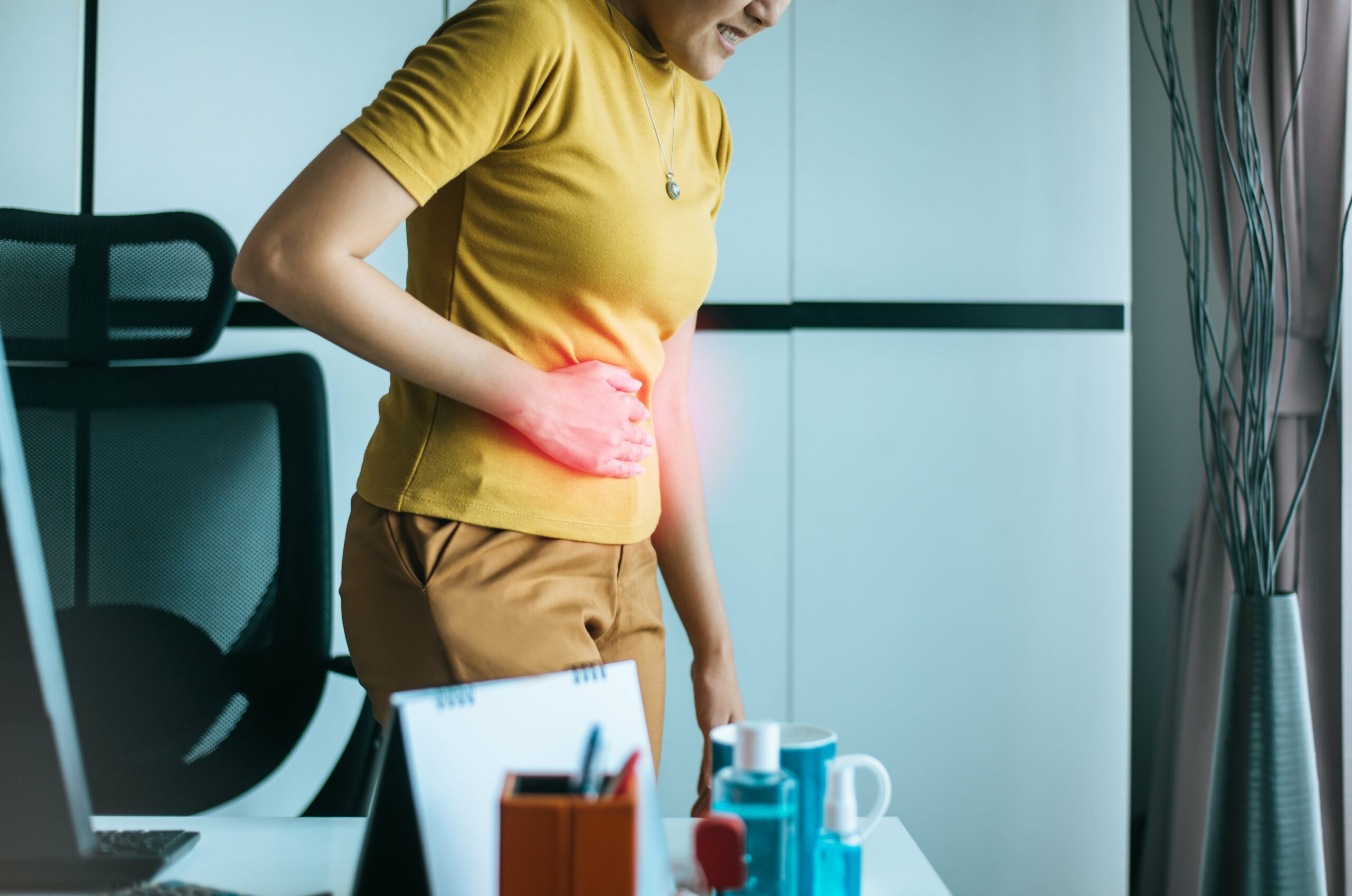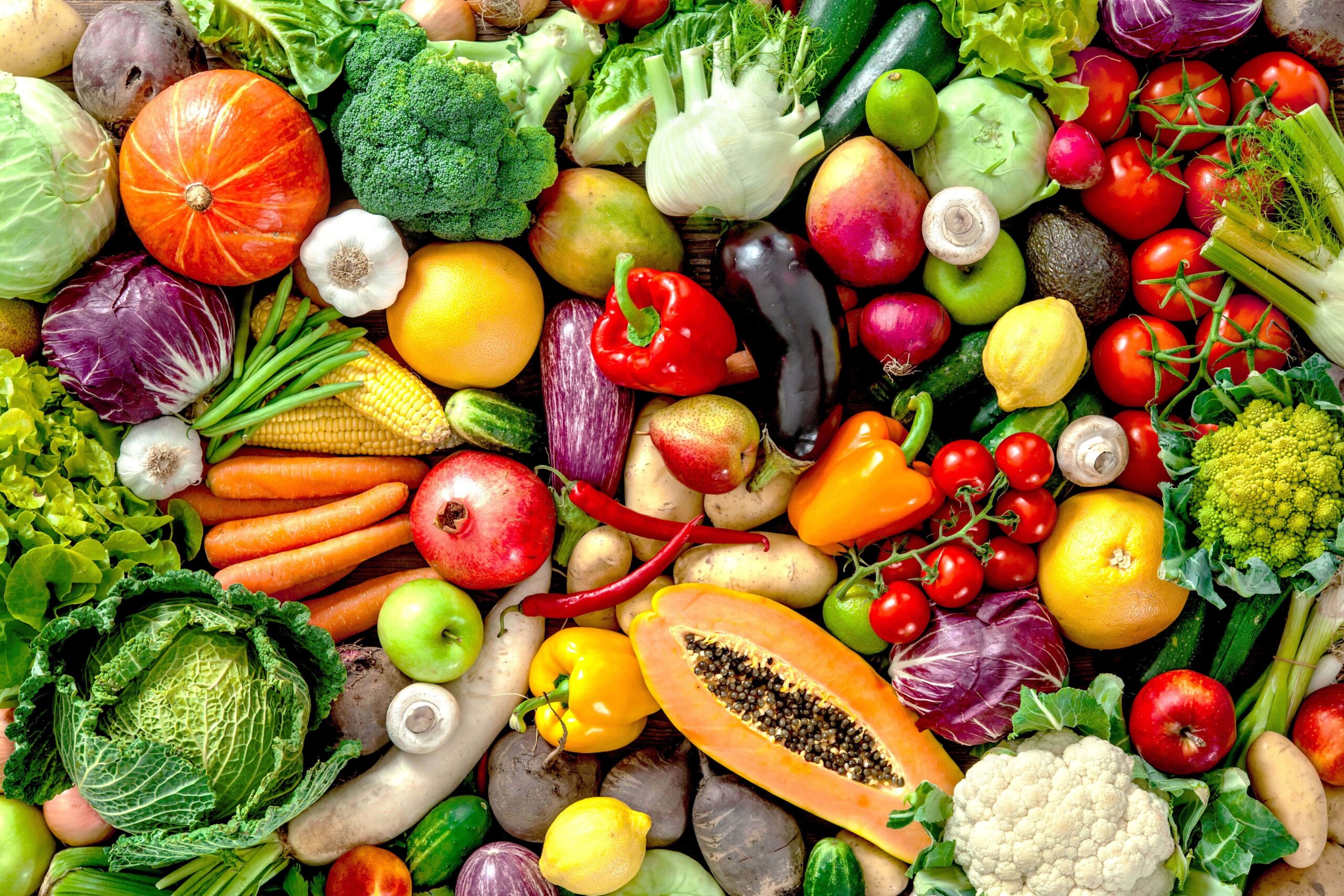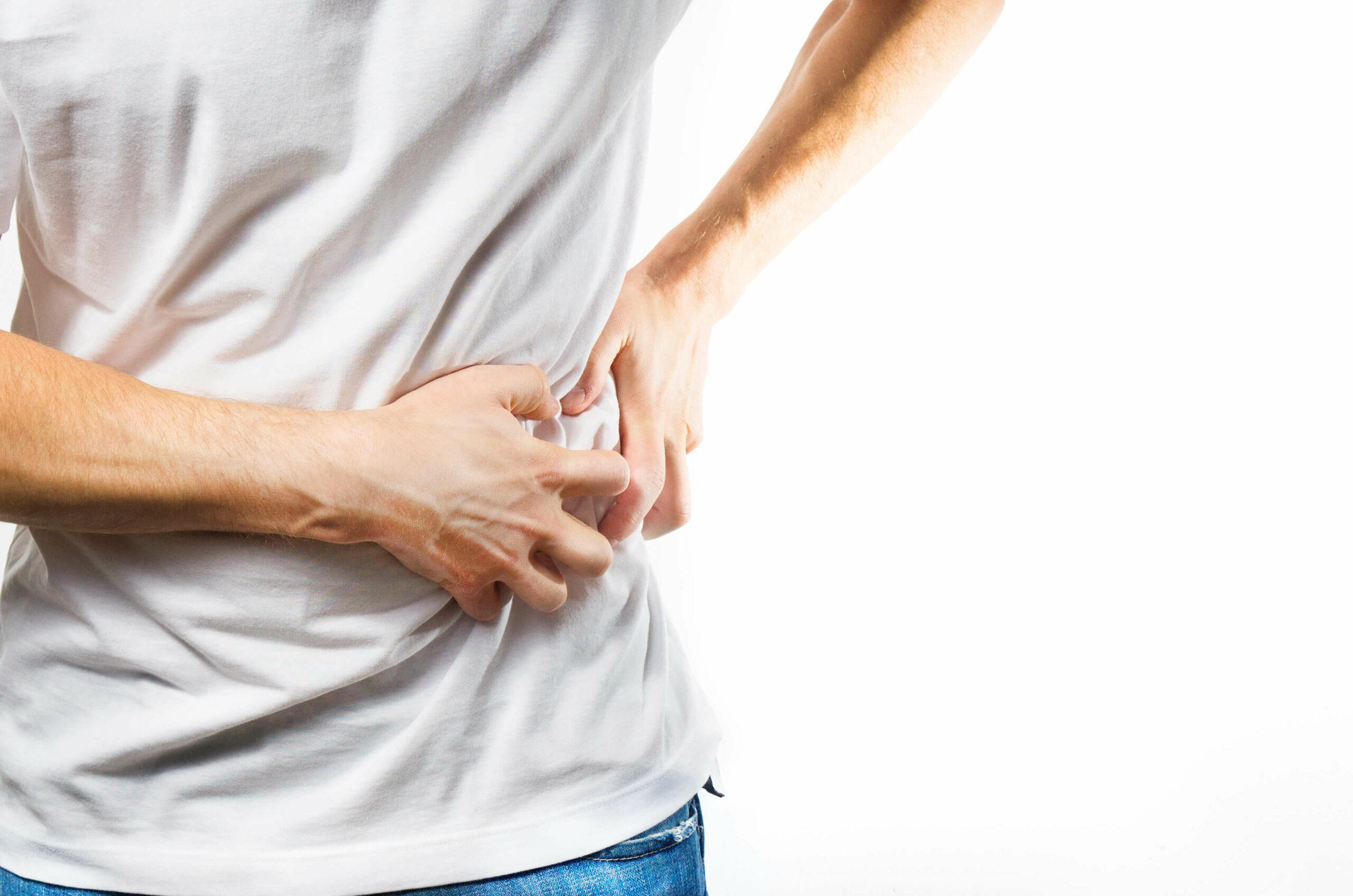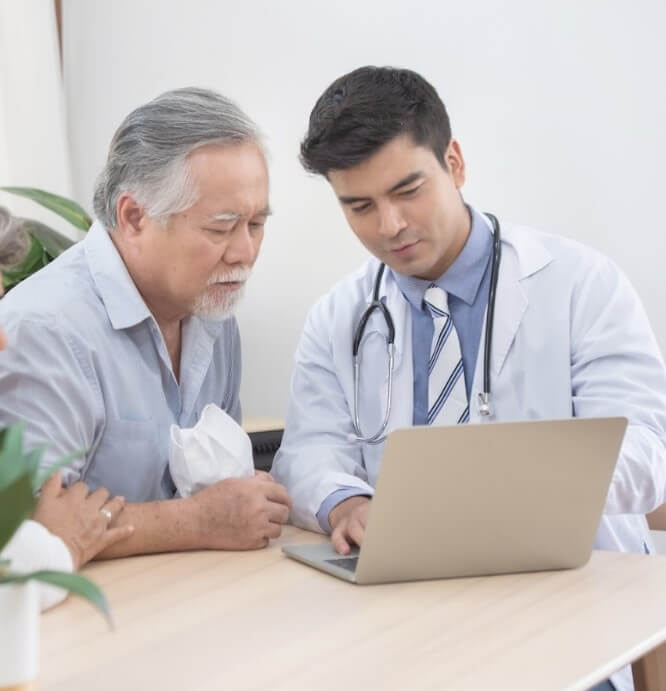
Cholelithiasis is the condition of having gallstones in your gallbladder. Your gallbladder is a small, pear-shaped organ on the right side of your abdomen, just beneath your liver. It holds a digestive fluid called bile released into your small intestine.
Gallstones are hardened deposits of digestive fluid. They range in size from as small as a grain of sand to as large as a golf ball. When lodged in a bile duct, it can cause a blockage.
Signs and symptoms
- Intense abdominal pain
- High fever with chills
- Nausea or vomiting
- Jaundice (yellow of skin and eyes)
Risk Factors
- Being female
- Being age 40 or older
- Being overweight or obese
- Eating a high-cholesterol or low-fiber diet
- Having a family history of gallstones
- Having diabetes
Prevention
Limit fried and fast foods
- These foods are usually fried in saturated fats, which promote bad cholesterol.
Replace red meat with fish
- Red meat is high in saturated fats, while fish is high in omega-3 fatty acids, which promote good cholesterol
Eat more plants
- High-fiber fruits, vegetables, and whole grains help to clear out excess cholesterol from your body.
Lose weight gradually.
- Dieting to lose weight can help reduce the cholesterol content in your blood. But it’s better to lose weight at a slow, steady pace.
Most people with gallstones that do not cause symptoms will never need treatment. Your doctor will determine if gallstone treatment is indicated based on your symptoms and diagnostic testing results.
If you experience intense pain in your abdomen area and suspect the formation of gallstones, consult a doctor via Maxicare’s 24/7 Teleconsult Hotline, Videoconsult services powered by the Doctor Anywhere App, or Maxicare Primary Care Clinic (PCC). You may also visit a PCC or request HomeCare for lab tests and diagnostic procedures.
References:
https://my.clevelandclinic.org/health/diseases/7313-gallstones
https://www.mayoclinic.org/diseases-conditions/gallstones/symptoms-causes/syc-20354214







